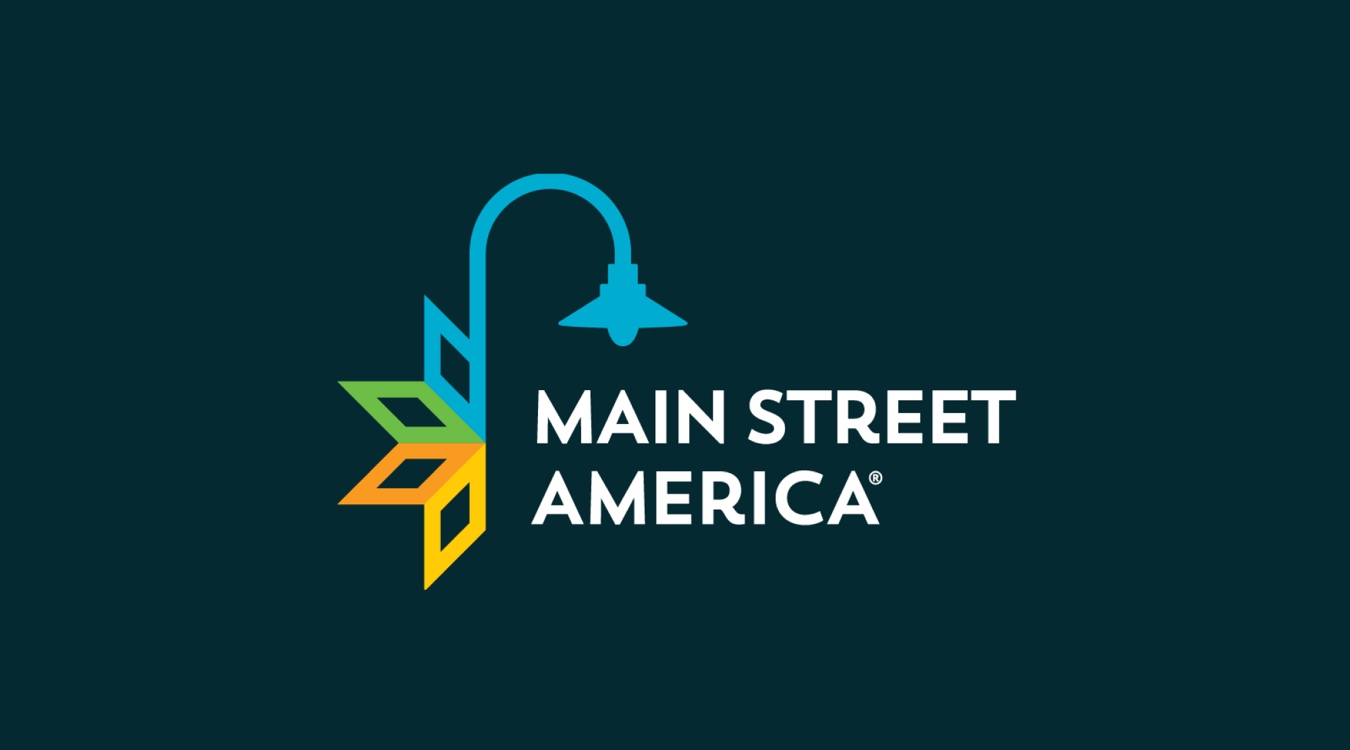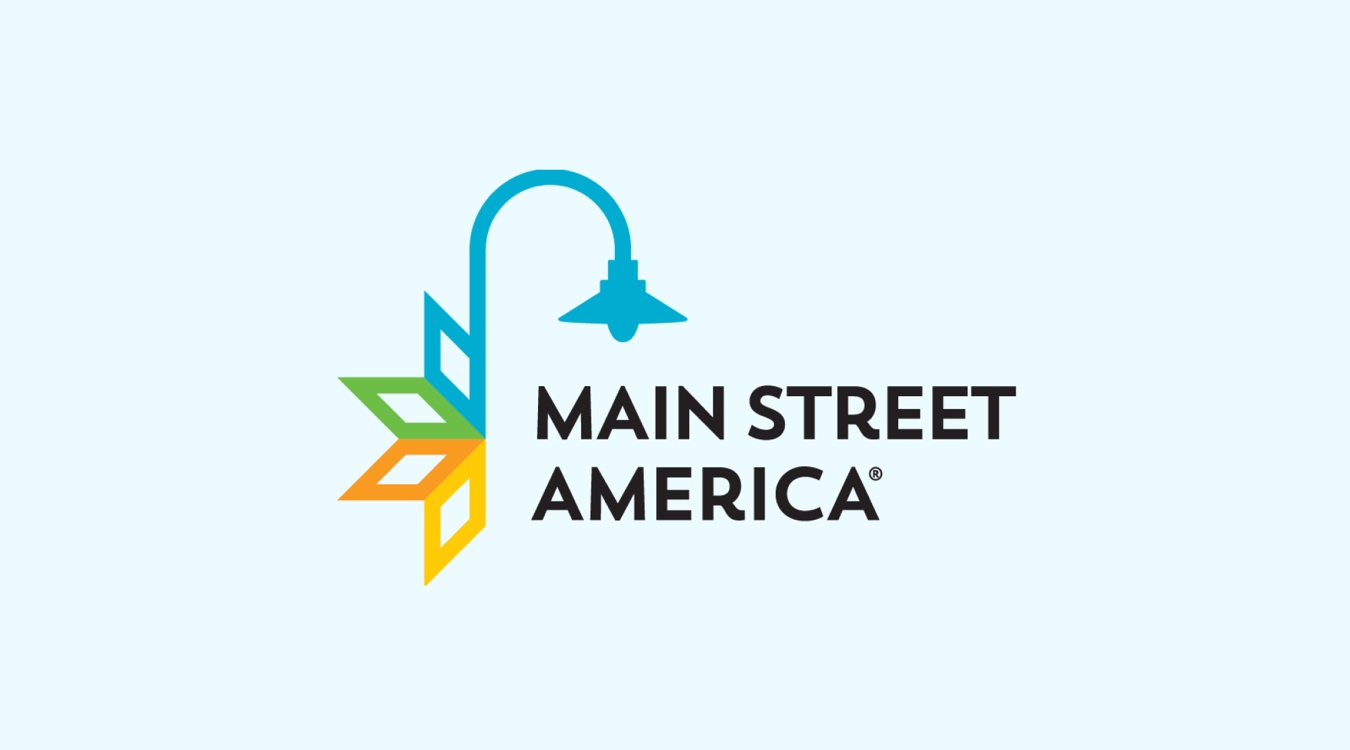This summer, our Research team was joined by Jonathan Nerenberg as Main Street America’s Archetypes Intern. Jonathan led work looking into the archetypes of Mature Main Streets, Autocentric Main Streets, and Inactive Main Streets.
At the conclusion of Jonathan’s time at Main Street America in late July, he joined Michael Powe, Ph.D., Senior Director of Research, to talk about the summer project. Their conversation touched on the findings of the project and how this research can help us support Main Streets across the network.
Michael: To start, could you share a little bit about yourself and your background? What made this project one that you wanted to work on?
Jonathan: I grew up in South Bend, Indiana, and I just completed my undergraduate degree at Loyola University, Chicago, majoring in sociology and minoring in urban studies. I also took a lot of classes related to urban history, which I find really interesting. When I first saw this internship description, I was very excited because I thought that Main Street America, and this particular role, combined a lot of my interests.
Tell me about the project that you’ve been leading this summer. What were its goals?
We came into this project with three main goals. The first was to identify the programs that fit into specific archetypes — places or programs that share certain characteristics that play a big role in shaping their experience, the challenges that they’re facing, and the approaches that they might need to solve those challenges.
The second was to hear from the leaders of the programs to understand the challenges that their types of programs are facing. This was really exciting because it gave me the opportunity to directly interact with some of the people that are leading this kind of work and to hear their perspectives directly.
The third goal was to create some recommendations based on our findings. This was my chance to make a mark on the Main Street Approach going forward and suggest the types of things that Main Street America should be focusing on in the future.
You ended up landing on three different kinds of Main Streets for your analysis. Can you tell us about those categories?
I chose three categories: Mature Main Streets, Autocentric Main Streets, and Inactive Main Streets.
Mature Main Streets are programs that are well established; they may have been part of the Main Street network for decades and have achieved a lot of success with the Main Street Approach. Success can also come with challenges, like rising housing costs in the community, gentrification, and rising commercial rents. The big question for these programs is: what’s next?
Autocentric Main Streets are those with challenges related to automobile traffic and roadway design. Often these districts contain a state highway within their district boundaries. Many of these programs are built on a very car-centric built environment, and it can be very difficult to turn that foundation into a place that welcomes pedestrians. I think the biggest challenge for these programs is the relationship with state departments of transportation.
Inactive Main Streets are programs that have been a Main Street America member in recent years but have dropped off the membership rolls in the past year or two. Talking to the leaders of these programs and learning from these programs can help us understand what Main Street America might need to do to serve these types of programs better.



















































































































































